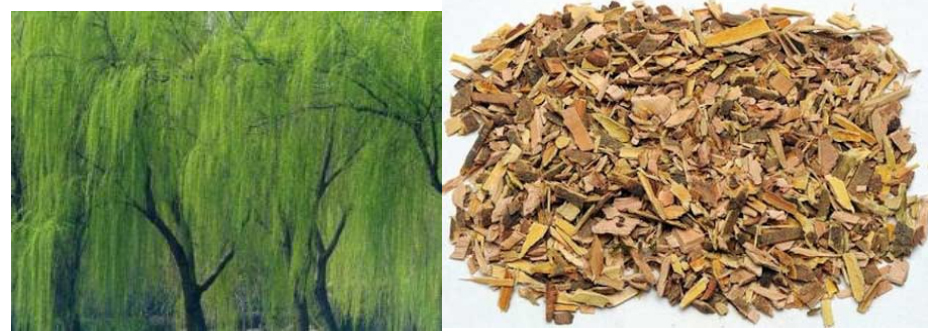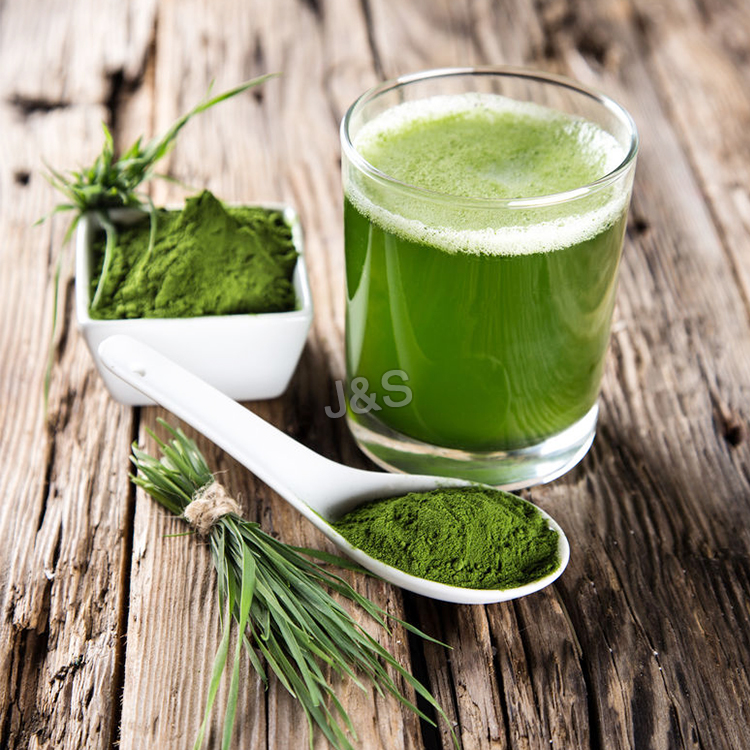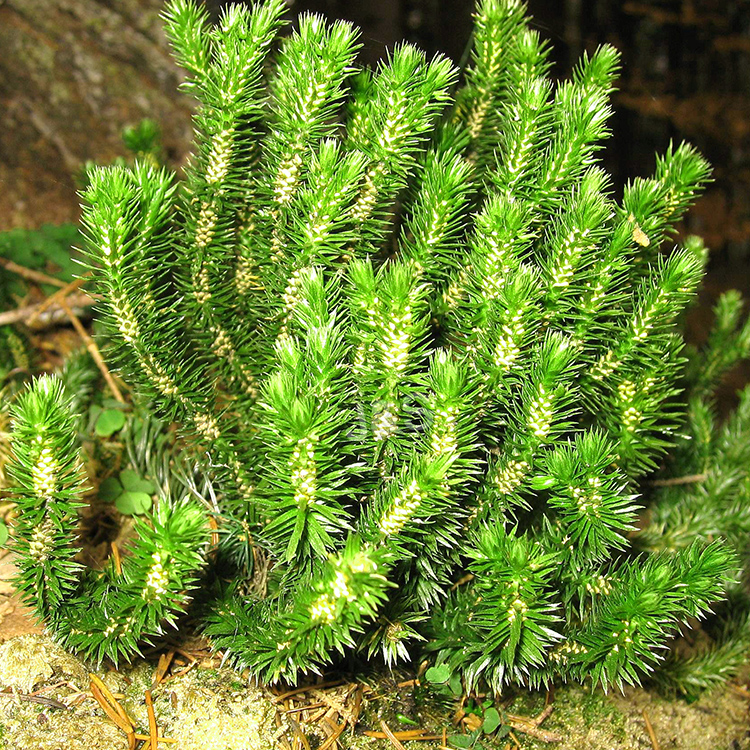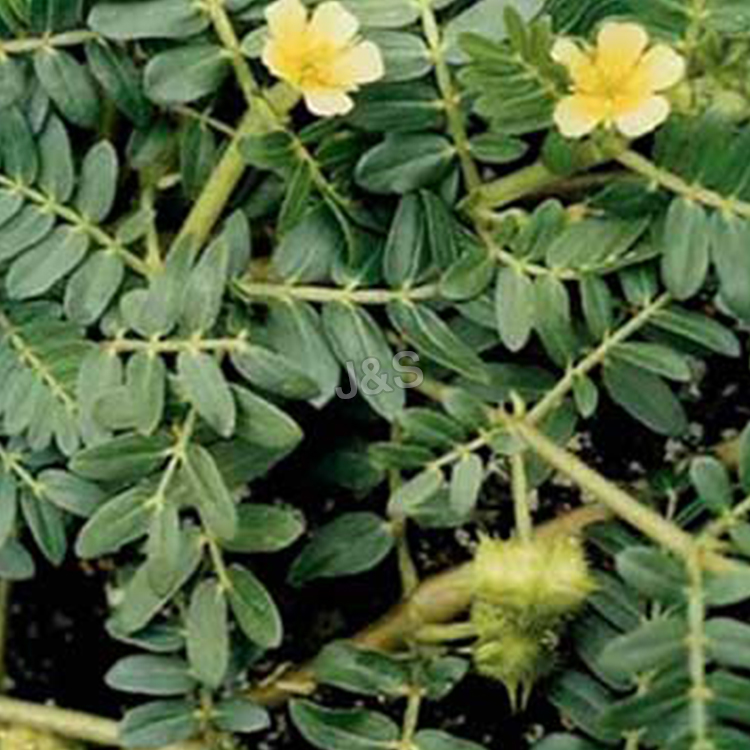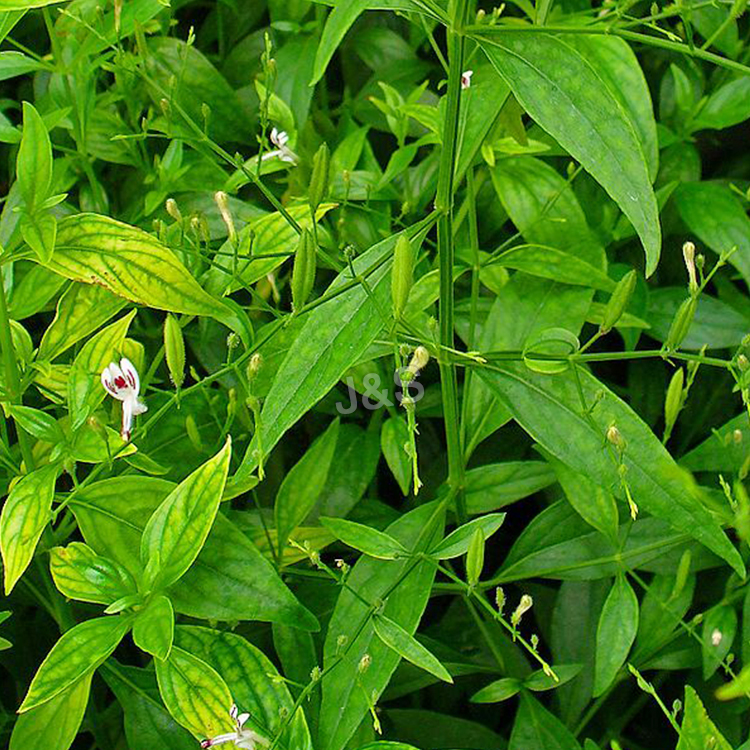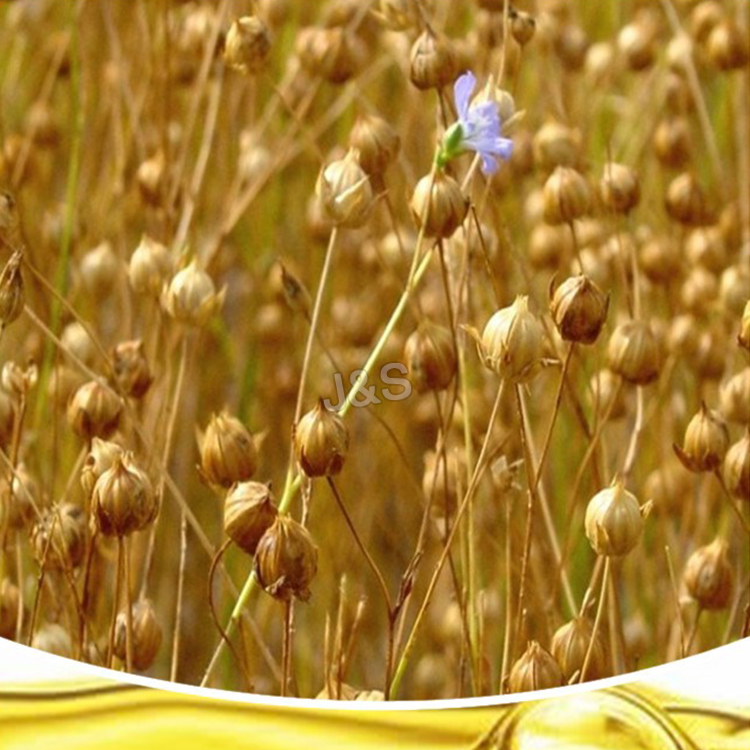Good Quality for White Willow Bark Extract Wholesale to Surabaya
Good Quality for White Willow Bark Extract Wholesale to Surabaya Detail:
[Latin Name] Salix alba L.
[Plant Source] from China
[Specifications] Salicin 15-98%
[Appearance] Yellow Brown to White powder
Plant Part Used: Bark
[Particle size] 80 Mesh
[Loss on drying] ≤5.0%
[Heavy Metal] ≤10PPM
[Storage] Store in cool & dry area, keep away from the direct light and heat.
[Shelf life] 24 Months
[Package] Packed in paper-drums and two plastic-bags inside.
[Net weight] 25kgs/drum
Brief Introduction
Salicin is a naturally occurring compound found in the bark of several species of trees, primarily North American in origin, that are from the willow, poplar, and aspen families. White willow, from whose Latin name, Salix alba, the term salicin is derived, is the most well known source of this compound, but it is found in a number of other trees, shrubs, and herbaceous plants as well being synthesized commercially. It is a member of the glucoside family of chemicals and is used as an analgesic and antipyretic. Salicin is used as a precursor for the synthesis of salicylic acid and acetylsalicylic acid, commonly known as aspirin.
A colorless, crystalline solid in its pure form, salicin has the chemical formula C13H18O7. Part of its chemical structure is equivalent to the sugar glucose, meaning it is classified as a glucoside. It is soluble, but not strongly so, in water and alcolhol. Salicin has a bitter taste and is a natural analgesic and antipyretic, or fever reducer. In large quantities, it can be toxic, and overdoses may lead to liver and kidney damage. In its raw form, it may be mildly irritating to skin, respiratory organs, and eyes.
Function
1. Salicin is used to ease pain and reduce inflammation.
2. Relieve acute and chronic pain, including headache, back and neck pain, muscle aches, and menstrual cramps; Control arthritis discomforts.
3. Relieve acute and chronic pain.
4. It has the same effect on the body as aspirin without any of the side effects.
5. It is an anti-inflammatory, a fever reducer, an analgesic, an anti-rheumatic, and an astringent. Specifically, it helps to relieve headaches.
Application
1.Anti-inflammatory, anti-rheumatic,
2.Reduce a fever,
3.Use as an analgesic and astringent,
4.Relieve headache,
5.Ease pain caused by rheumatism, arthritis, and carpal tunnel syndrome.
Product detail pictures:
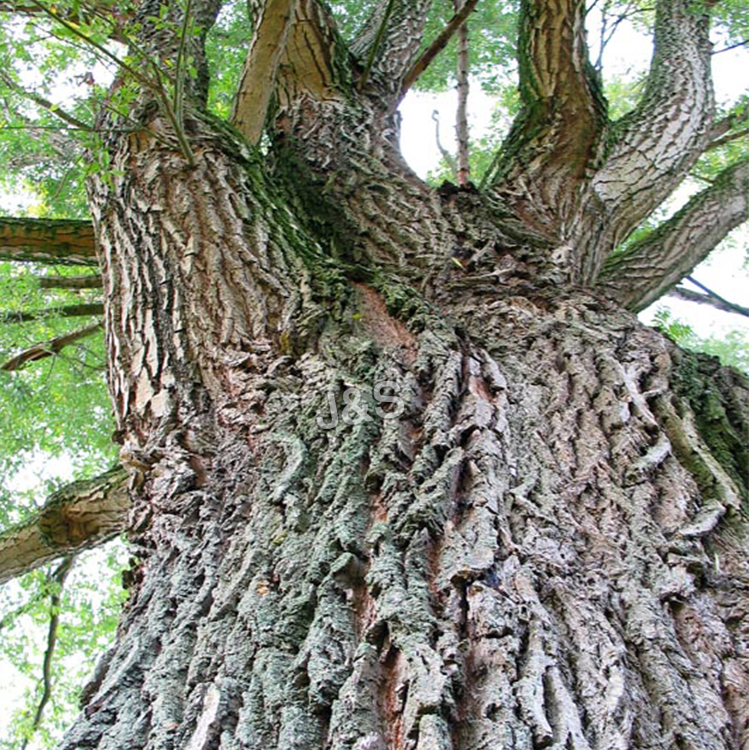
Related Product Guide:
Our products are broadly identified and trustworthy by people and may meet continually modifying financial and social requires of Good Quality for White Willow Bark Extract Wholesale to Surabaya , The product will supply to all over the world, such as: Lahore, Porto, Accra, To get more information about us as well as see all our products, please visit our website. To get more information please feel free to let us know. Thank you very much and wish your business always be great!
This is another gift I received from one of my Japanese friends. This is Konnyaku Jelly and this is my first time eating Konnyaku Jelly despite having lived in Japan for 13 years. I’ve heard so much about this sweet and some people choking and dying on Konnyaku Jelly in Japan. I really like the texture of Konnyaku Jelly.
Konnyaku by Wikipedia:
Konjac is grown in India, China, Japan and Korea for its large starchy corms, used to create a flour and jelly of the same name. It is also used as a vegan substitute for gelatin.
In Japanese cuisine, konjac (konnyaku) appears in dishes such as oden. It is typically mottled grey and firmer in consistency than most gelatins. It has very little taste; the common variety tastes vaguely like salt. It is valued more for its texture than flavor.
Ito konnyaku (糸蒟蒻) is a type of Japanese food consisting of konjac cut into noodle-like strips. It is usually sold in plastic bags with accompanying water. It is often used in sukiyaki and oden. The name literally means “thread-konjac”.
Japanese konnyaku is made by mixing konjac flour with water and limewater.[2] Hijiki is often added for the characteristic dark color and flavor. Without additives for color, konnyaku is pale white. It is then boiled and cooled to solidify. Konnyaku made in noodle form is called shirataki and used in foods such as sukiyaki and gyudon.
Konjac is consumed in parts of China’s Sichuan province; the corm is called moyu (Chinese: 魔芋; literally “devil’s taro”), and the jelly is called “konjac tofu” (魔芋豆腐 móyù dòufu) or “snow konjac” (雪魔芋 xuě móyù).
The dried corm of the konjac plant contains around 40% glucomannan gum. This polysaccharide makes konjac jelly highly viscous.
Konjac has almost no calories, but is very high in fiber. Thus, it is often used as a diet food. It can also be used for facial massage accessories which are currently popular in Korea.
The product Lipozene[3] is made from the konjac root.
Fruit jelly
Konjac can also be made into a popular Asian fruit jelly snack, known variously in the United States as lychee cups (after a typical flavor and Nata de coco cube suspended in the gel) or konjac candy, usually served in bite-sized plastic cups.
Choking risk
Perhaps because of several highly publicized deaths and near-deaths in the San Francisco Bay Area among children and elderly caused by suffocation while eating konjac candy, the U.S. Food and Drug Administration (FDA) issued product warnings[4] in 2001 and subsequent recalls in the United States and Canada. Unlike gelatine and some other commonly used gelling agents, konjac fruit jelly does not melt readily in the mouth. Some products formed a gel strong enough such that only chewing, not tongue pressure or breathing pressure, could disintegrate the gel. Although the product is intended to be eaten by gently squeezing the gel’s cup, a consumer could suck the product out with enough force to unintentionally lodge it in his or her trachea. Konjac fruit jelly was subsequently also banned in the European Union.[5][6][7]
Some konjac jelly snacks are not of a size and consistency to pose any unusual choking risk, but are nonetheless affected by the government bans. Some products that remain in Asian markets have an increased size, unusual shape, and more delicate consistency than the round, plug-like gels that were associated with the choking incidents. The snacks usually have warning labels advising parents to make sure their children chew the jelly thoroughly before swallowing. Japan’s largest manufacturer of konjac snacks, MannanLife, temporarily stopped production of the jellies after a 21-month-old Japanese boy was revealed to have choked to death on a frozen MannanLife konjac jelly.[8] 17 people have died from choking on konjac between 1995 and 2008.[9] MannanLife konjac jelly’s packaging bag now shows a note to consumers, advising them to cut the product into smaller pieces before serving it to small children.
https://en.wikipedia.org/wiki/Konnyaku_jelly
It is not easy to find such a professional and responsible provider in today's time. Hope that we can maintain long-term cooperation.

